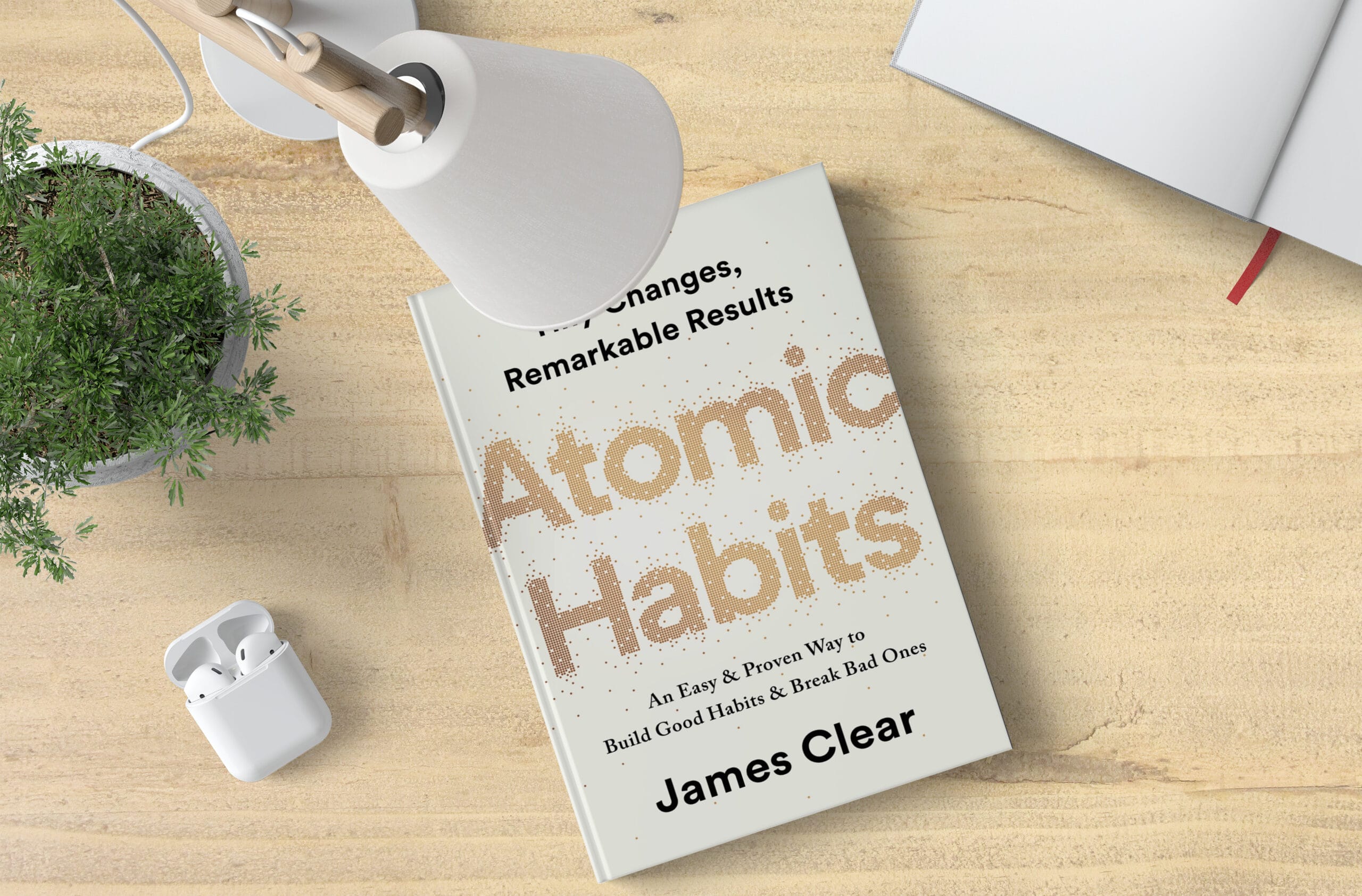Harnessing The Power of Atomic Habits: Key Insights from James Clear

Introduction:
We all strive to make positive changes in our lives, but many of us struggle to maintain momentum and sustain consistent progress. Fortunately, James Clear has identified a novel approach in his book Atomic Habits to help us achieve our goals. In this article, we will explore the key insights from his book and discover how to effectively implement the strategies outlined by Clear to make lasting changes in our lives.
Table of Contents:
I. Understanding the Foundation of Atomic Habits
II. Establishing Habitual Identities
III. Creating Small Changes with Compound Results
IV. Utilizing “The Three Rs”
V. Identifying Obstacles and Developing Responses
VI. Advancing to Mastery with Atomic Habits
I.Understanding the Foundation of Atomic Habits
Atomic Habits encourages us to focus on small changes that have a big effect in the long term. Clear states that any significant and lasting change begins with a change in habits – small, consistent, and successful changes. Therefore, if we learn how to create, break, and adjust habits effectively, we can develop behaviors that positively drive us on our journey to success.
One key concept to remember is the aggregation of marginal gains, meaning that by focusing on small positive changes, we can achieve far greater transformation than by making large changes in a single step.
Clear also highlights the importance of having average consistency. Although many of us view consistency in terms of a single task, Clear advocates that consistency should be viewed in the context of a person’s lifestyle. It is through the repetition, or withdrawal, of small habits that long-term changes are achieved.
II. Establishing Habitual Identities
Clear further explains that the actions we take define our identity. When we start to form and sustain a new habit, it is important to first change the way we think about ourselves. We have to find a way to restructure our identity to be in line with our new goals and habits.
By creating an identity for ourselves, we can make the change in habit more meaningful. We have to ask ourselves what kind of person we want to be, rather than just focusing on what we want to achieve.
To make the desired changes in our lives, we need to be the kind of person that can manifest the change we desire. This means we need to start believing in ourselves and our capabilities and maintain confidence in ourselves as we progress toward meeting our goals.
III. Creating Small Changes with Compound Results
Clear emphasizes the importance of developing positive habits and taking small steps. While we need to maintain a long-term view, it is essential to focus on the small changes we can make on a daily basis; small, positive steps add up to make a huge difference in the long run. Clear compares this concept to compounding interest in savings accounts – small deposits over a long period of time will yield unprecedented results.
Atomic Habits provides concrete strategies for developing and maintaining habits, such as creating systems, tracking progress, setting goals, and rewarding success. This helps keep us motivated and on track.
In addition, Clear emphasizes that repetition is key to habit formation. Once we have identified our goals and habits, we need to commit to maintaining their repetition over time to ensure that the associated behavior sticks and becomes automatic.
IV. Utilizing “The Three Rs”
In Atomic Habits, Clear further outlines “The Three Rs” – reminder, routine, reward – to help shift habits. Establishing “The Three Rs” helps break down the habit-forming process into smaller, actionable steps. This helps us gain clarity in terms of what specifically needs to be done to achieve our goal habits.
A reminder is an external trigger that sets off a routine. It acts as a cue or prompt to provoke an action. The routine is the behavioral task which needs to be done. Lastly, the reward is an internal motivating factor that assists the formation of a habit.
By taking on “The Three Rs”, we are able to gain further clarity into the steps we need to take in order to form and sustain desirable habits.
V. Identifying Obstacles and Developing Responses
We all face obstacles when trying to form habits. It is, therefore, important to be aware of the potential obstacles that may arise and create a plan of action to address them.
Clear advises that to increase the odds of sticking to a goal, we need to break our goals down into smaller goals and develop a plan of action. This helps us to acknowledge our weaknesses and prepare us to resolve any issues that may arise along the way.
In addition, Clear discusses the importance of feedback systems to track our goals and identify if and why we have missed the mark. This allows us to make the necessary adjustments for future endeavors.
VI. Advancing to Mastery with Atomic Habits
Atomic Habits provides a framework for developing lasting habits and embracing change. After identifying our goals and mapping out the journey towards achieving them, it is important to identify our strengths, weaknesses, and potential “pain points” that may arise. By leveraging the power of “The Three Rs”, understanding the importance of identity, focusing on small changes, and creating feedback systems, we can learn to master our habits.
With Atomic Habits, we can be empowered to make a change that is both lasting and meaningful, allowing us to create our own success stories. When we learn to focus on small changes, we can achieve greater transformation than we could ever imagine.
